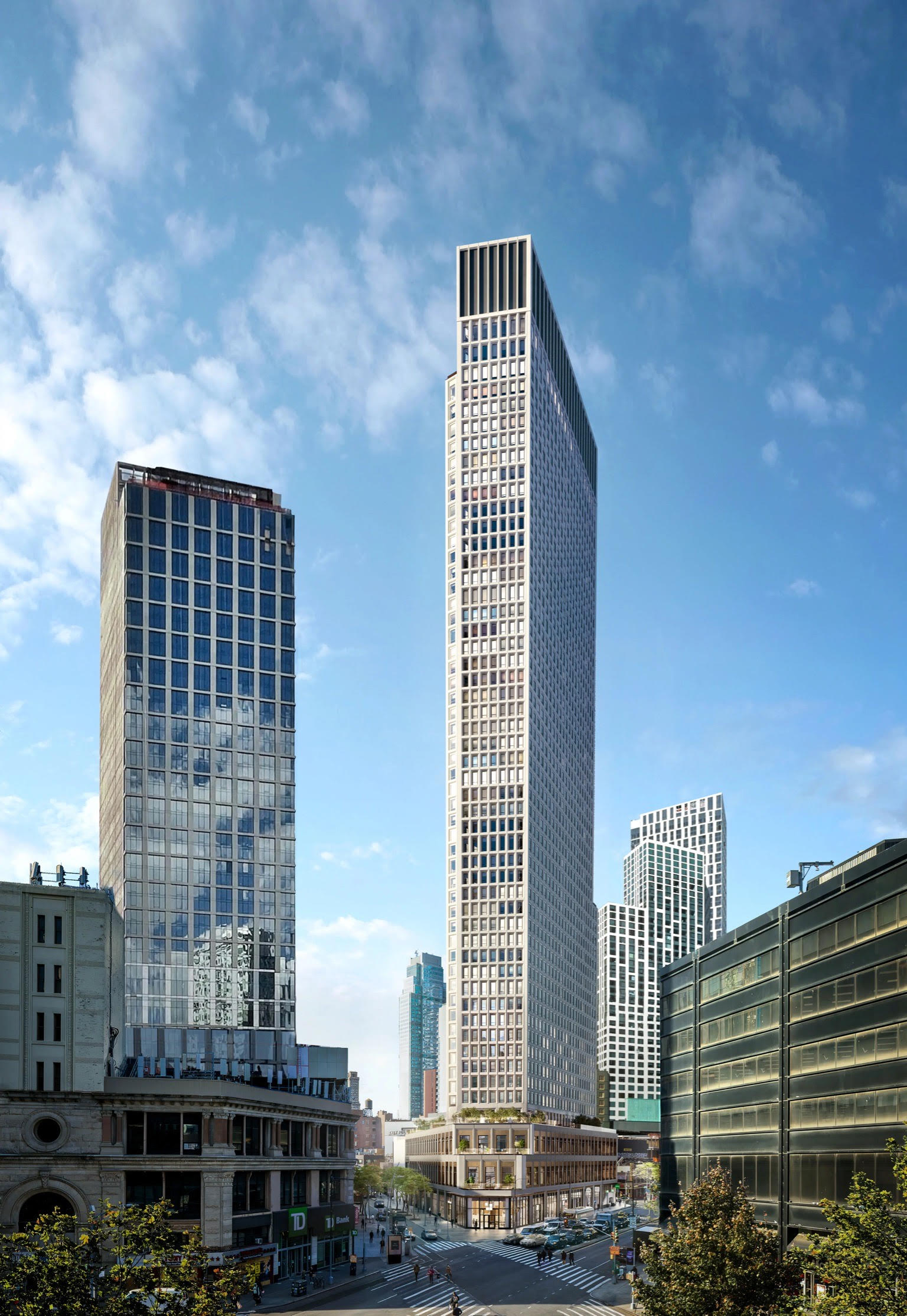Local Law 97: NYC’s Green New Deal
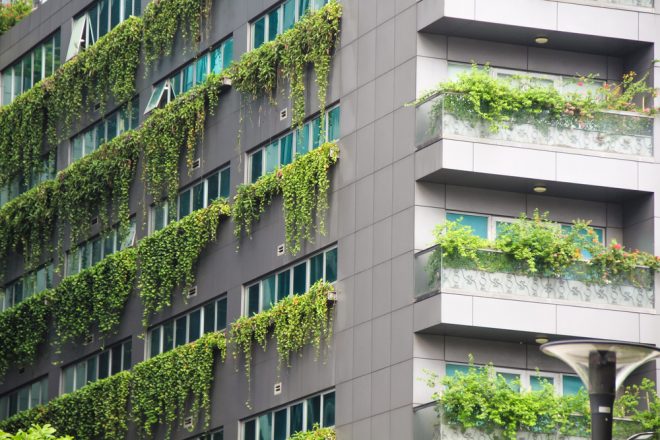
According to the NYC government, buildings are the number one source of greenhouse gas emission in the city. That is why city leaders have taken steps to regulate development to protect the environment while still encouraging developers to build the housing we need in the form of the new Local Law 97 for NYC.
On this page, we will explain NYC’s environmental building compliance laws (especially Local Law 97) and what it means for the future of development in New York. Here are the important environmental compliance laws to understand.
Local Law 97 in NYC
There are several laws that regulate buildings in New York City–from zoning regulations to floodplain protections. Recently, NYC has enacted new laws to contend specifically with greenhouse gas emissions. The most prominent of these laws is known as Local Law 97.
History of Local Law 97
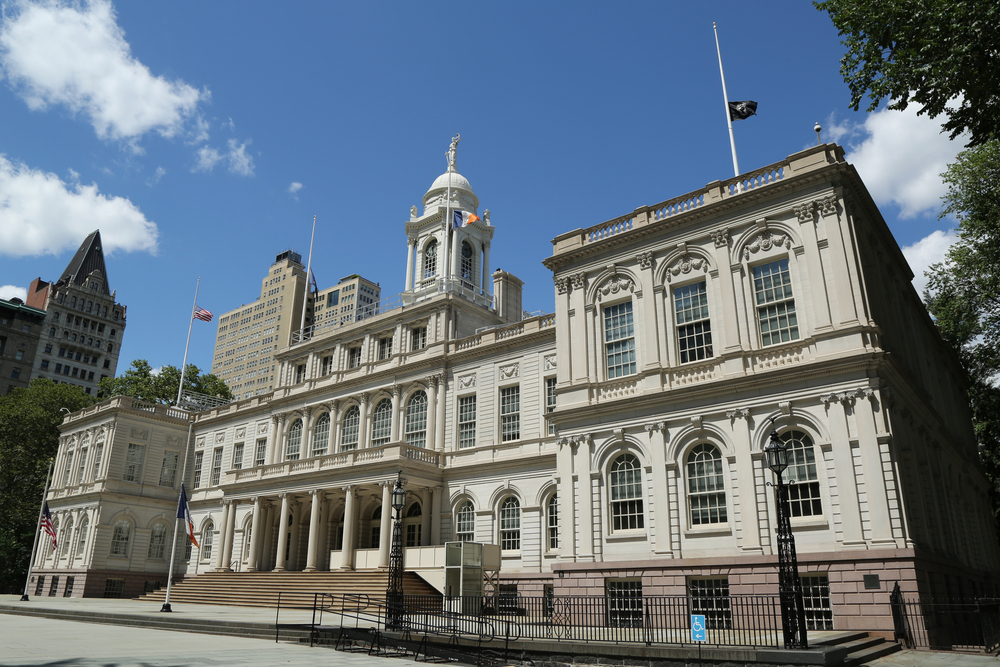
Passed in 2019, Local Law 97 is a comprehensive and ambitious plan to reduce greenhouse gas emissions on all new buildings constructed in NYC. This law was part of the Mayor’s New York City Green New Deal and was part of the Climate Mobilization Act.
Buildings Covered by Local Law 97
Local Law 97 applies to covered buildings that are going to be constructed in the following years and decades. Covered buildings include the following:
- Buildings larger than 25,000 gross sq. ft.
- Two or more buildings on the same tax lot that are larger than 50,000 gross sq. ft. combined
- Two or more condo buildings that are governed by the same body and together are larger than 50,000 sq. ft.
Altogether, this should cover about 60% of NYC’s buildings. To check if your building is included, check out the NYC Department of Sustainable Buildings’ list here. The Department also recommends consulting with a registered design professional (RDP) to determine if your building will be affected by Local Law 97.
When and How Local Law 97 Will Curb Emissions in NYC
Although the law was passed in 2019, its regulations will take effect beginning in 2024. Under Local Law 97, these regulations will be intensified beginning in 2030. The goal of Local Law 97 is to drastically reduce emission over the next 30 years. Under the plan, NYC hopes to reduce greenhouse gas emissions by 80% from current levels by 2050.
It will accomplish this goal by requiring buildings to take action to curb their emissions, and then having them create an annual report to be submitted to the Buildings Department to monitor their compliance.
How Local Law 97 Will Penalize Noncompliance in NYC
Noncompliance will be punished with civil penalties based on how much they miss the mark. The greater the gap between the amount of emissions they release and the amount permitted under Local Law 97, the more they will be fined. Not reporting emissions will result in even greater fines.
Special Applications of Local Law 97
There are select buildings that will implement certain aspects of Local Law 97’s regulations before 2024. In particular, affordable housing buildings will have to follow prescriptive measures to reduce their emissions. They are then going to report the results of their efforts in 2025.
There are several types of affordable housing in NYC. To learn more about how different classes of buildings will be treated under Local Law 97, take a look at NYC Sustainable Buildings’ breakdown of Local Law 97 compliance in rent regulated and affordable housing.
How to Comply With Local Law 97 in NYC
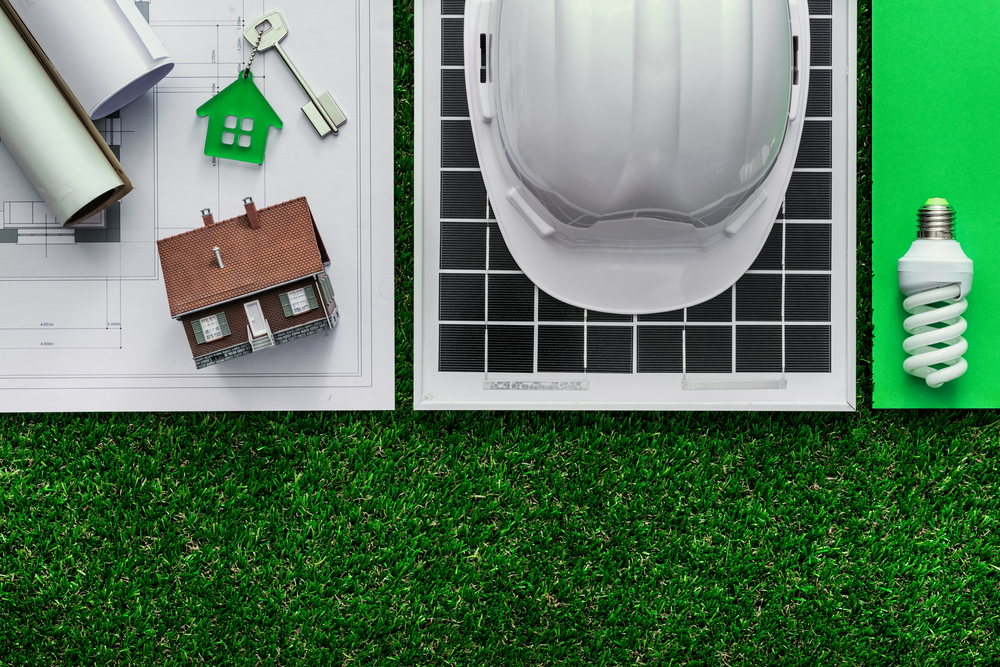
So, what steps will buildings have to take to reduce their greenhouse gas emissions? And how can these emissions be measured and reported? Here are the steps building owners will need to take in order to comply with NYC’s environmental building laws.
Learn Your Emissions Limits
First, you should find out exactly what your greenhouse emission limits are under Local Law 97. You can find this out by knowing your Energy Star Portfolio Manager (ESPM) property types. The ESPM classifications, created by the United States Environmental Protection Agency (EPA), reflect actual energy use on different classes of properties.
For example, if you go to the lodging/residential section, you can select multifamily housing. This ESPM classification will apply to most sizable NYC apartment buildings. Once you have confirmed the correct ESPM for your building, check out this spreadsheet to see your allowable emissions limit under Local Law 97. These limits will only last from 2024 through 2029. In 2030, greenhouse gas emission limits will be lowered further. To learn about limits for 2030 and beyond, read more here.
Learn Your Current Emissions
Once you know how much greenhouse gas you are allowed to emit, you need to figure out how much you are currently emitting. In order to do this, you should use NYC’s benchmarking tool. Created by the NYC Benchmarking Law (Local Law 84) in 2009, the benchmarking tool helps building owners track their water and electricity usage.
Building owners already have to report this data every year, which is then measured against standards. Then, the building is assigned a letter grade that they must display in the front of their building. If your building has a poor letter grade, chances are your emissions are too high and you will need to retrofit it to be more environmentally friendly.
Get Started with Online Guidance
If you do not know where to start, then check out the NYC Department of Sustainable Building’s helpful website. This online guide can answer your frequently asked questions, as well as connect you with other resources–online and off–to help you begin the process of reducing your building’s greenhouse gas emissions.
Get Help From Professionals
In order to comply with NYC’s environmental building laws, the Buildings Department recommends that you seek the help of professionals who specialize in the field. You can start by contacting a NYC Accelerator–a government funded consultant who can provide building owners with free advice, technical assistance, and training. These accelerators can also connect building owners with resources for funding if they are struggling to afford the necessary changes to meet emissions goals.
Registered design professionals (RDP) are another great resource for building owners struggling to comply with Local Law 97. According to the New York City Department of Buildings, an RDP is responsible for all filings regarding construction on a site, including environmental compliance. They can help you make the necessary changes to reduce your building’s emissions. An RDP can also review your report to make sure everything is in order before you submit it to the Department of Sustainable Buildings.
Report Your Greenhouse Gas Emissions
The first reports under Local Law 97 will be due by May 1, 2025. These reports have to be certified by a registered design professional (RDP) before submission. At the moment, the way in which building manners will submit the report is up in the air. When the Department of Buildings has created an online filing tool, they will update their reporting website found here. Check back regularly before May 1, 2025 for updates, and take a look at other timelines and key dates so that you never miss a deadline.
How to Reduce Greenhouse Gas Emissions
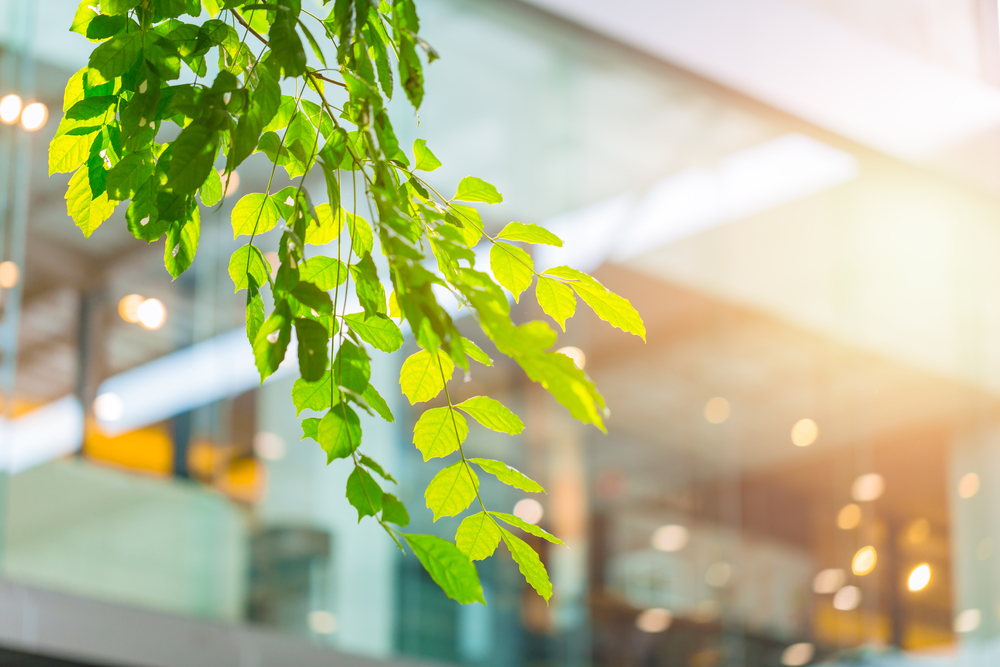
While everything outlined above will help you comply with Local Law 97, you may still be wondering how you are meant to practically reduce your emissions if they are currently too high. The Department of Sustainable Buildings is currently working on a more exhaustive list of recommendations, but here are some tips for reducing your emissions in the meantime.
Recommendations for Reducing Energy Usage
- Install individual temperature controls or insulate radiators so that temperature can be adjusted room to room.
- Adjust temperature setpoints across the board.
- Insulate pipes.
- Repair leaks, particularly in heating systems.
- Perform regular cleaning and maintenance on heating systems.
- Insulate water tanks.
- Replace and repair steam traps.
- Install or repair steam system master vents.
- Install exhaust fan timers.
- Install barriers around radiators.
- Weatherize and seal windows and other cracks and openings.
- Replace lighting with energy efficient bulbs and fixtures.
How to Request an Adjustment
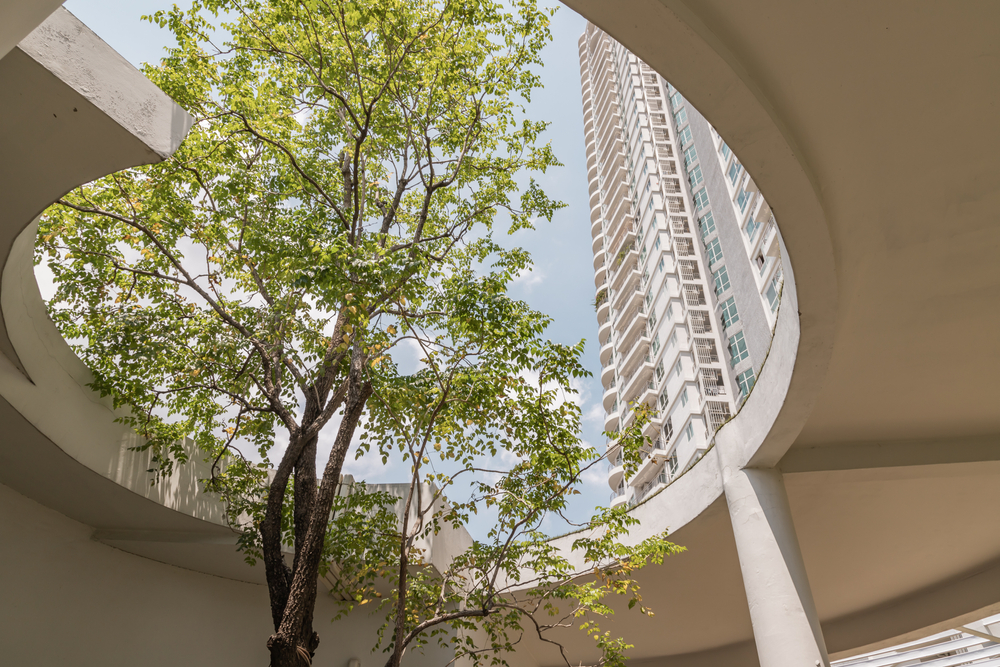
If you do not believe that you will be able to comply with Local Law 97 or the Benchmarking Law, then you can reach out to the Department of Buildings to petition for an adjustment. These adjustments may be granted in certain circumstances, particularly if the building has a special use, or if it is a healthcare or hospital facility.
Apply for an Adjustment Online
You can apply through the DOB NOW online portal. With your application, you will need to submit an EN97A workbook. You will fill out the workbook with information on your building’s usage, greenhouse gas emissions, and energy consumption. For more instructions on how to complete this workbook and the adjustment application, click here.
Stay Informed on NYC’s Environmental Building Laws
New York City’s building laws and regulations are always changing. Here at NewDevRev, we will keep you in the know about any updates to NYC’s environmental building laws. Staying informed is critical in staying in compliance, so keep reading our coverage on NewDevRev.
- Categories:
